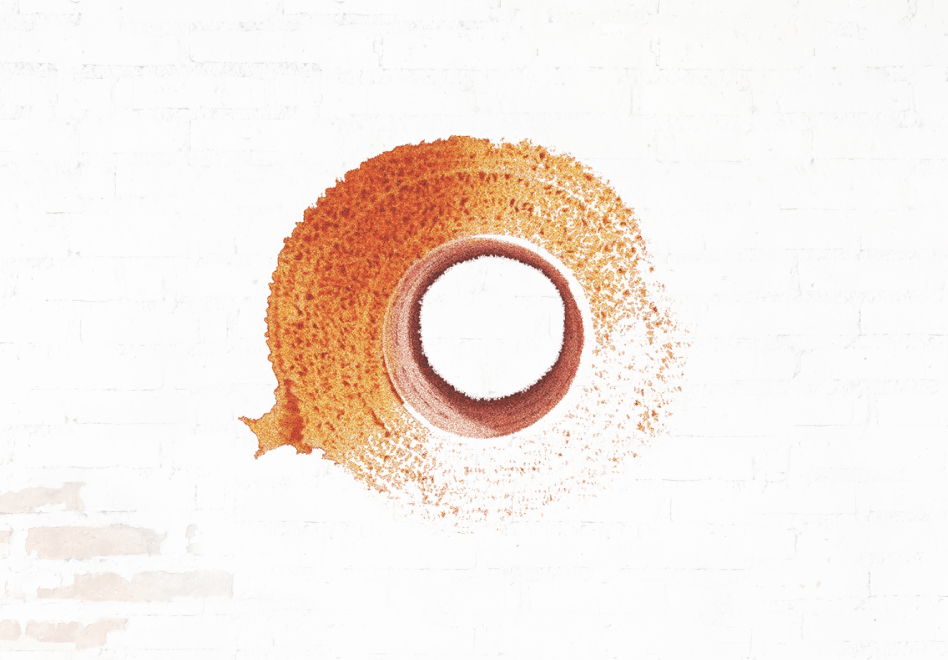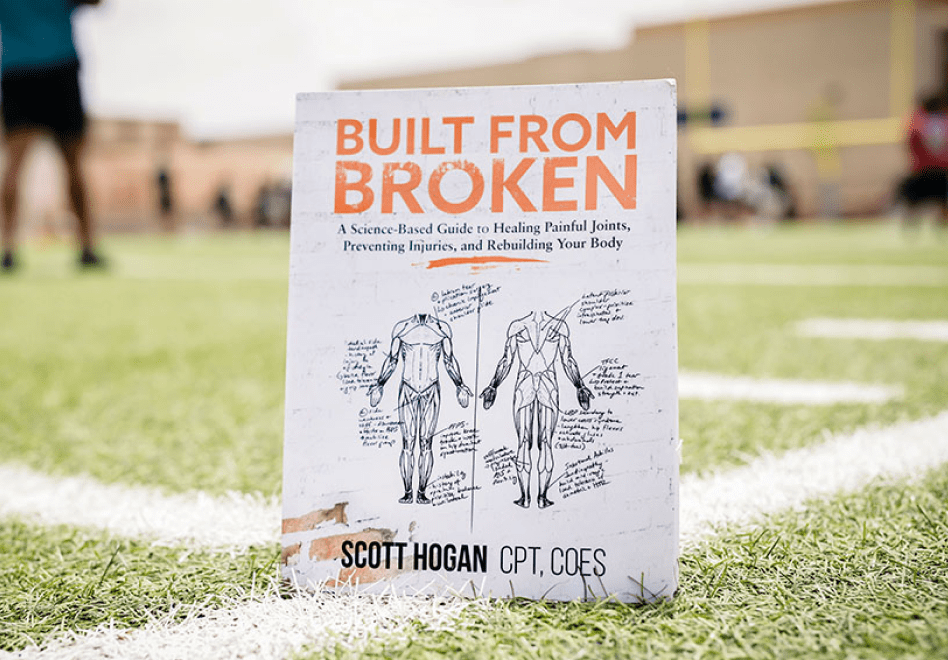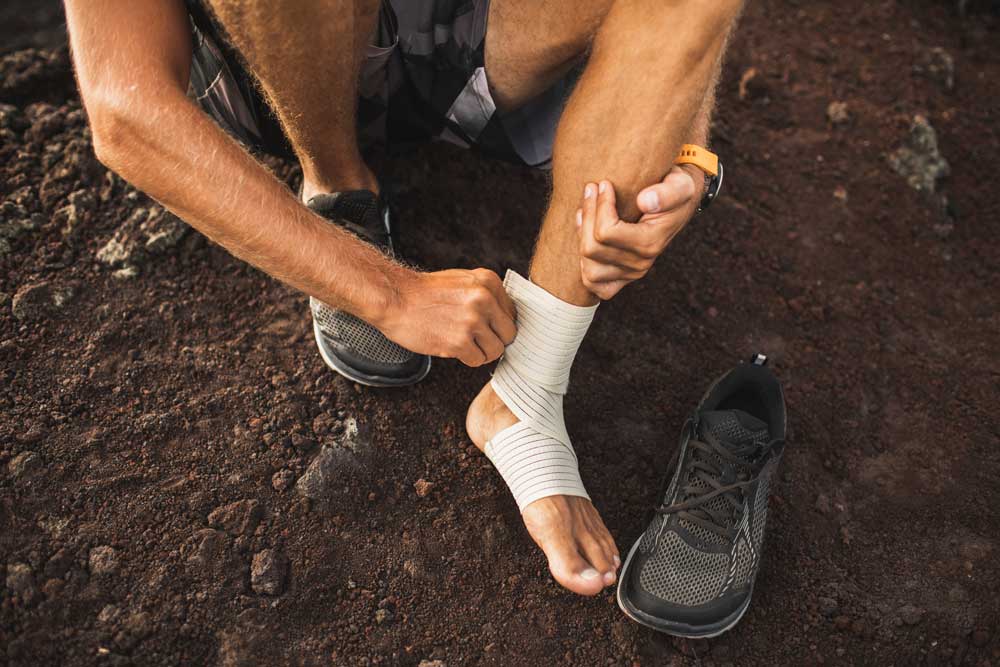
Be built (to last).
The right supplements can help you recover naturally and build a resilient body.

Supplement Quiz
Take this short quiz to discover the perfect supplements for your needs and goals.
About SaltWrap
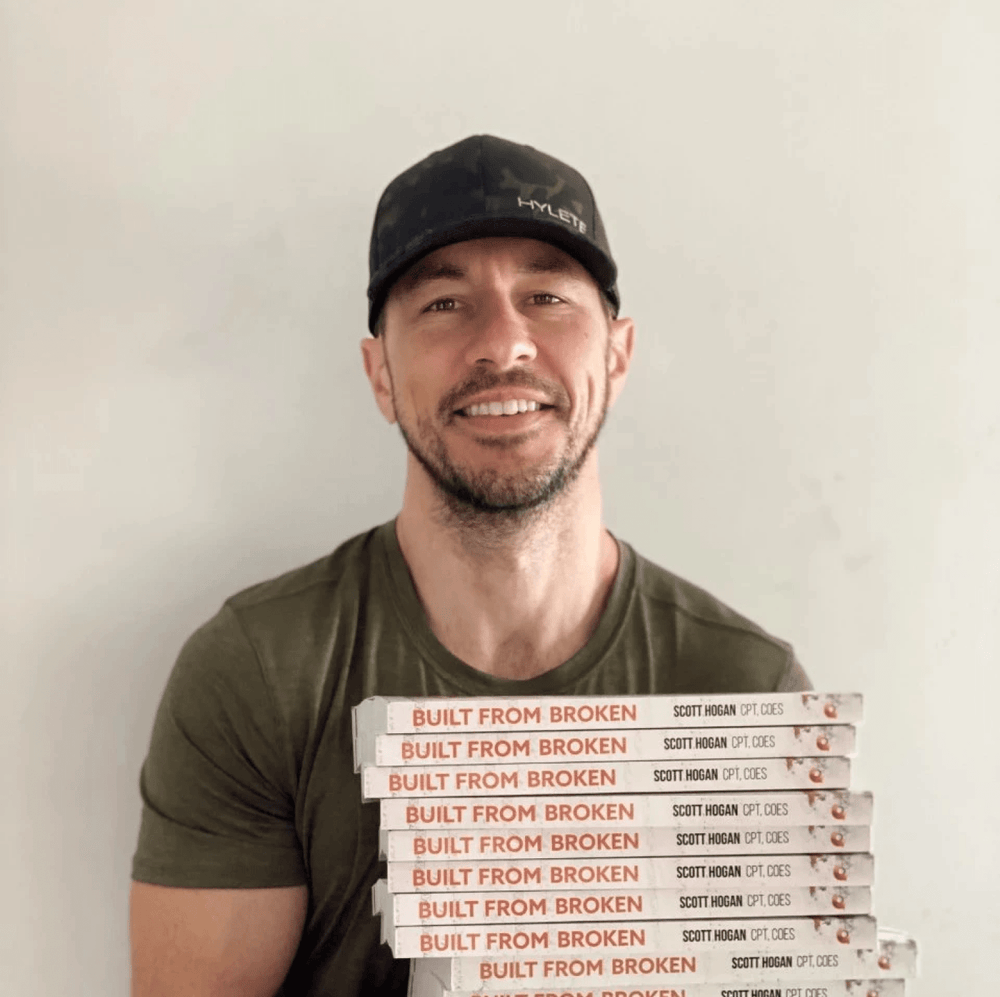
Built from Broken
Get the best-selling book from SaltWrap founder, Scott Hogan, and start rebuilding today.
Know Fear: An Interview With Tony Blauer
By Joe Zagami
[UPDATE: Watch Tony's episode of SaltWrap Stories HERE.]
According to his official bio, Coach Tony Blauer is a global Fear Management expert. He’s also a podcast host and the creator of the Blauer Training Systems, SPEAR Personal Defense Training, High Gear high-impact training equipment, and Know Fear® training for enhanced personal performance.
And somehow, that still doesn’t do him justice.
Simply put, Coach Blauer works with the elite of the elite to make them even better.
Professional athletes. Law enforcement. Business leaders. Movie stars. Spend two minutes scrolling through his Instagram, and I’ll bet your jaw will drop.
But here’s the thing. He doesn’t just show law enforcement effective ways to disarm and incapacitate – thoroughly – an assailant. Nor does he only teach high-level operators how to work in impossibly stressful life-or-death circumstances.
Arguably, Coach Blauer’s most important work deals with mindset. Specifically, knowing and managing fear.
Coach Blauer was gracious enough to talk with me about mindset, the power of fear (and how to turn it into fuel), and the one critical question you must answer if you want to come back stronger. We went way over our allotted time. And I couldn’t be more thankful.
Because in short, I believe the interview you’re about to read may contain some of the most valuable – and potentially transformative – insights anyone who wants to reach new levels of physical and mental performance could ever have at their disposal.
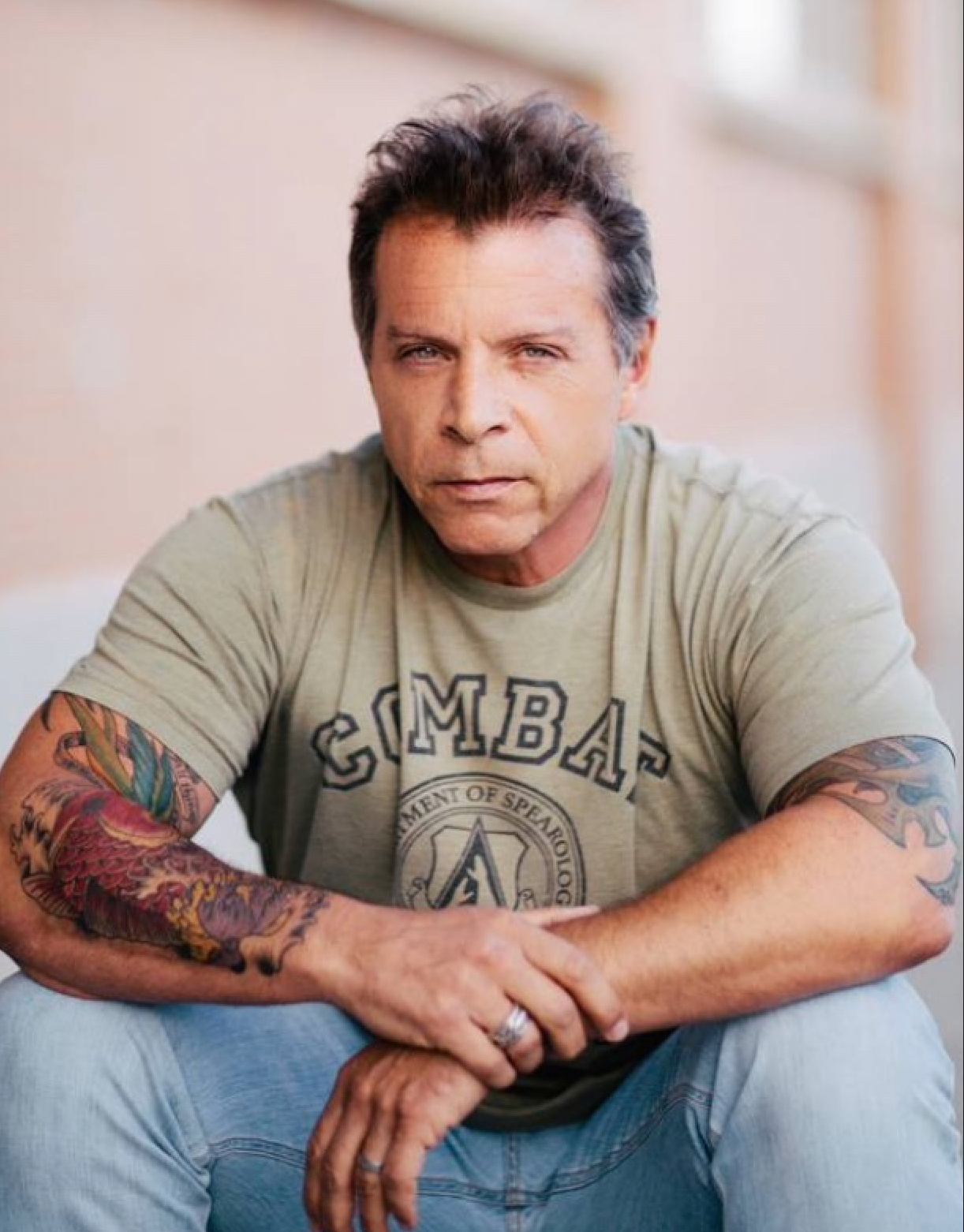
Part I: Origins
Most of the combat athletes I speak with were very active as kids. Were you an active kid?
I competed in gymnastics, wrestling, tennis, Taekwondo, and downhill freestyle skiing. I grew up on the East Coast of Canada. And in Canada, depending on where you live, you’re either a skier or a skater. I grew up in a ski family, so I was on skis when I was about three. And I got really, really good.
I was teaching professionally by the time I was 16 – which was two years below the 18-year-old requirement for instructors. But I was such a good skier and loved teaching so much that they made some sort of exception for me.
Tell us a little bit about your origin story with martial arts. What led you to it?
It’s funny. When people find out what I do, they want to know how I got started. And I got started because when I was about 12, I was beaten up by two guys – both 15 or 16 – from the local high school.
These guys said, “Hey, kid!” and I thought, “Older kids want to talk to me… how cool!” I ran right into the ambush.
They grabbed me, spun me around, put me in a full nelson, and hit me with some body punches. I didn’t get hurt, but I was scared to death. And I probably didn’t get hurt because I screamed so loud.
It was like I thought I was going to die when that first shot hit me.
I was in such good shape from wrestling competitively. But back then, nobody thought about wrestling as a component of martial arts. Not the way they do with mixed martial arts today. Back then, it was just wrestling. So, I went home.
I told my dad, “I just got beaten up.” But I had no marks on me.
I think he made a joke, asking if it was a pillow fight. Because I looked fine. But then he said, “Look, if you’re really concerned, you need to study martial arts.”
There was only one school in the area then. It was a Taekwondo school, and I fell in love with it.
Part II: The Mind Navigates the Body
You teach that the mind navigates the body. And that even though we all encounter fear, we can use it for fuel. Can you break that down for us?
Whether I was at a gymnastics meet or a wrestling meet, it’s like I could never hit what’s now called a flow state. I always showed up and I always tried my hardest. But I was distracted by my fear. I could never fully engage. So, if I hit a home run, or if I dropped an opponent with a kick, my eyes were usually closed when I did it.
One of the most important things I teach today is that there is a huge distinction between the biology of fear and the psychology of fear. How you think about how you feel influences how you feel. It also influences how you move.
That goes back to the idea of using fear as fuel. I’m going to paraphrase something Mike Tyson’s coach, Cus D’Amato, once said. Fear is like fire. If you know how to control it, fire can warm your home and cook your food. If you don’t know how to control it, it can burn your house down.
An acronym I love to use for fear is:
False Expectations Appearing Real.
Let’s say I’m visualizing an event in the future that’s causing me fear. It hasn’t happened. But it’s consuming all my attention and debilitating me in the present.
So, in that way, managing fear is actually managing time. Fear management is time management. And you can’t get time back. The better you are at managing fear, the more time you have in your life to do the things you’re supposed to do. The things you love.
In your Know Fear® System, you say everybody feels fear. You can’t get rid of it. But the better you can know how it works, the better you can control your response to it.
So, let me use myself as an example here.
The person you see on my social media is me. But it’s also a façade. That Tony Blauer – the Instagram Tony Blauer – is a badass. People see me doing stuff with the military or teaching 700 people about fear in a seminar setting.
What they don’t realize is that when I walked out to that room to teach, my heart was pounding.
In that situation, I could focus on the fear and have it turn into anxiety. Or I could recognize my fear, use it for fuel, and step on the gas pedal.
"Fear management is time management. And you can’t get time back. The better you are at managing fear, the more time you have in your life to do the things you’re supposed to do. The things you love."
Coach Tony Blauer
Founder, Blauer SPEAR®, High Gear®, and Know Fear®
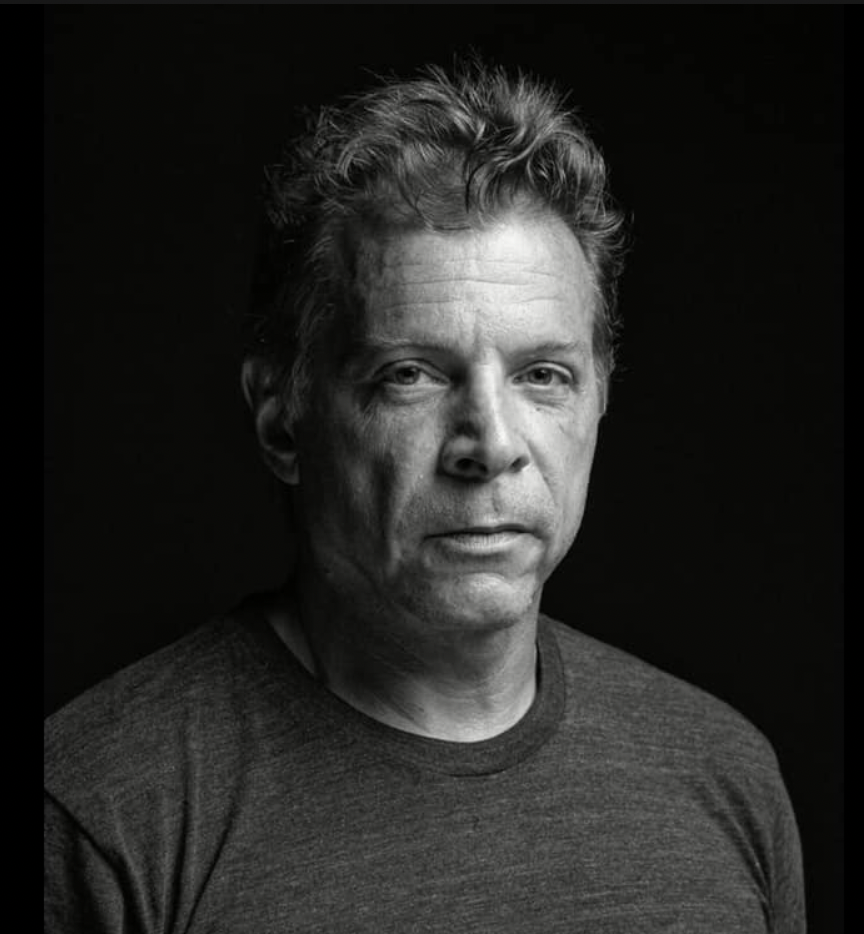
Part III: Know Fear to Come Back Stronger
What role does the mind – specifically fear – play in recovering, rebuilding, and coming back stronger?
The game of life is a marathon, and we all need to approach it like athletes. That means you need stamina, endurance, and strength. But it also means you need to remain flexible.
For instance, I never thought I would get old, or that it’d be hard to get out of bed sometimes. I worked out at 6:45 this morning, but I didn’t want to go. There was a mental conversation for like 30 mins trying to keep me in bed. And once you start asking the right questions, you realize that this has everything to do with fear.
Why don’t you want to work out? Because my body’s hurting from working out yesterday.
OK. But if you dig a little deeper, you’ll eventually get to the heart of it: I’m afraid I’m going to hurt myself.
Here’s what we all need to realize: studying and understanding our fear improves self-awareness. And that gives us more confidence.
So, let’s go back to my workout this morning. I didn’t stay home. But I told the coach putting me through my workout, “I almost didn’t come in today because I messed myself up yesterday. I’m here, but I’m not going to push my hardest.” And he was glad I told him that. He put me through a recovery workout, and it was great.
I felt good. And it’s all because I managed my fear in the morning.
If you’re coming off an injury, there’s no way you’re not thinking about what injured you. One thing I tell all the athletes I work with is that your intuition will warn you before an injury. In this context, I define intuition as something you know to be true – but don’t know that it’s true yet.
So, when your intuition whispers in your ear, I want you to see it almost like a red flag in a bad relationship.
Trust your instincts. Listen to your intuition. And then do something intelligent with that information.
How has your philosophy on dealing with injuries evolved over the years?
The whole physical training prehab and rehab world is changing so fast.
You hear arguments for ice baths or no ice baths. Heat or no heat. Stretch like this. Stretch like that. Get on a foam roller. Don’t touch a foam roller.
There’s a lot to keep track of.
But people will always need grit, tenacity, and willpower to push through. They’ll need to choose courage instead of fear. So, it’s ultimately about experimenting and finding what works best for you. You need to know yourself.
Here’s a perfect example of what I mean.
I’ve been in locker rooms at all sorts of combat sports events working with pro fighters – boxers, grapplers, UFC. Unless you’re Conor McGregor, you’re sharing a locker room with other people.
These athletes are all pros. They’re all fighting under the same rules. They’ve got the same gloves and wraps. But they all behave differently before the fight.
One guy might be pacing the room. Another might be banging his head against a locker. And another is just lying on a massage table with headphones on, focusing on his breathing.
For instance, Maurice Smith. He’s a world-class kickboxer and former UFC heavyweight champion. Today he’s in the UFC Hall of Fame. I asked him how he manages fear before a fight. Well, he’s the guy lying on the massage table with headphones on, listening to relaxing music. He’s not blasting Metallica. He’s chilling out and listening to R&B.
This surprised me. But here’s what he asked me. “Do you have a job?” Well, yeah. Of course. “Are you afraid to go to work?” I said no. And he says, “Me neither.”
It was like a line from a movie.
Here’s the point: that worked for Maurice Smith. But would it work for a 22-year-old fighting under the bright lights for the first time? Probably not. Because that fighter has to find his own rhythm and do what works for him based on his lifestyle and his mindset.
I can’t stress this enough: the mind navigates the body.
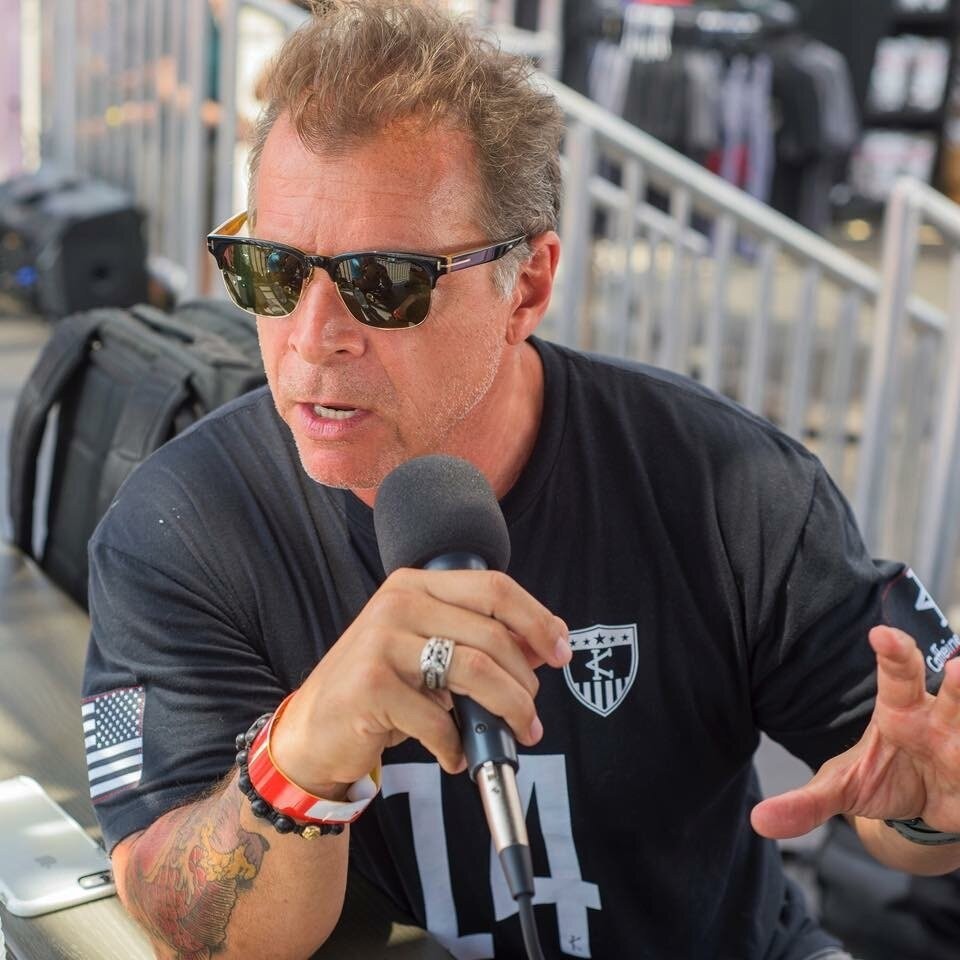
What’s your best piece of advice for someone who wants to dig deep and come back stronger?
Get to know fear.
If you’re hesitating to commit to something, it’s because there’s fear. If you doubt that a protocol or process will work, it’s because there’s fear. If you’re not doing the rehab, it’s because of fear.
So, ask yourself this question: “If you didn’t fear your fear, what would you do?”
It’s only managing fear that allows you to work harder and move to the next station in life.
And I’ll give you one more because I think it can be just as important: Don’t fall into the trap of feeling sorry for yourself.
My friend Kyle Maynard was born with no arms and no legs. Yet he’s competed in mixed martial arts fights and won.
He was the first quadruple amputee to climb Kilimanjaro. And when he came to one of my seminars, he bought one of our training suits for his sparring partners. He got his wallet out faster than I can with my fingers.
Then he spoke at one of my events and talked about how he taught himself to get dressed without help. He knew he had to learn to do it himself, so he refused to let his parents help.
It’s just so insane.
So, when I find myself falling into the trap of feeling sorry for myself… maybe my back’s bothering me, and I can’t even put my socks on… I think about Kyle.
Then I try to recognize that we’re all humans, and I had a human moment.
Keep up with Coach Blauer on social media:

Click the button below to learn more about Coach Blauer and his Know Fear® program.
Founder: Scott Hogan

I created SaltWrap to bring together the most practical ideas in therapeutic sports nutrition, corrective exercise, and functional fitness — with the goal of keeping you (and myself) strong, mobile, and built to last.
I've worked as an A.C.E. Certified Personal Trainer, Orthopedic Exercise Specialist, and nutritional supplement formulator.
But more importantly — I've spent most of my life battling injuries, joint pain, and just being plain beat up. So I know what it's like to struggle toward fitness goals.
SaltWrap is here to push you through injuries, setbacks and perceived physical limitations. To a place beyond what you think you're capable of. Sign up here to stay in the loop.
Learn more about my best-selling injury prevention and recovery book, Built from Broken.

